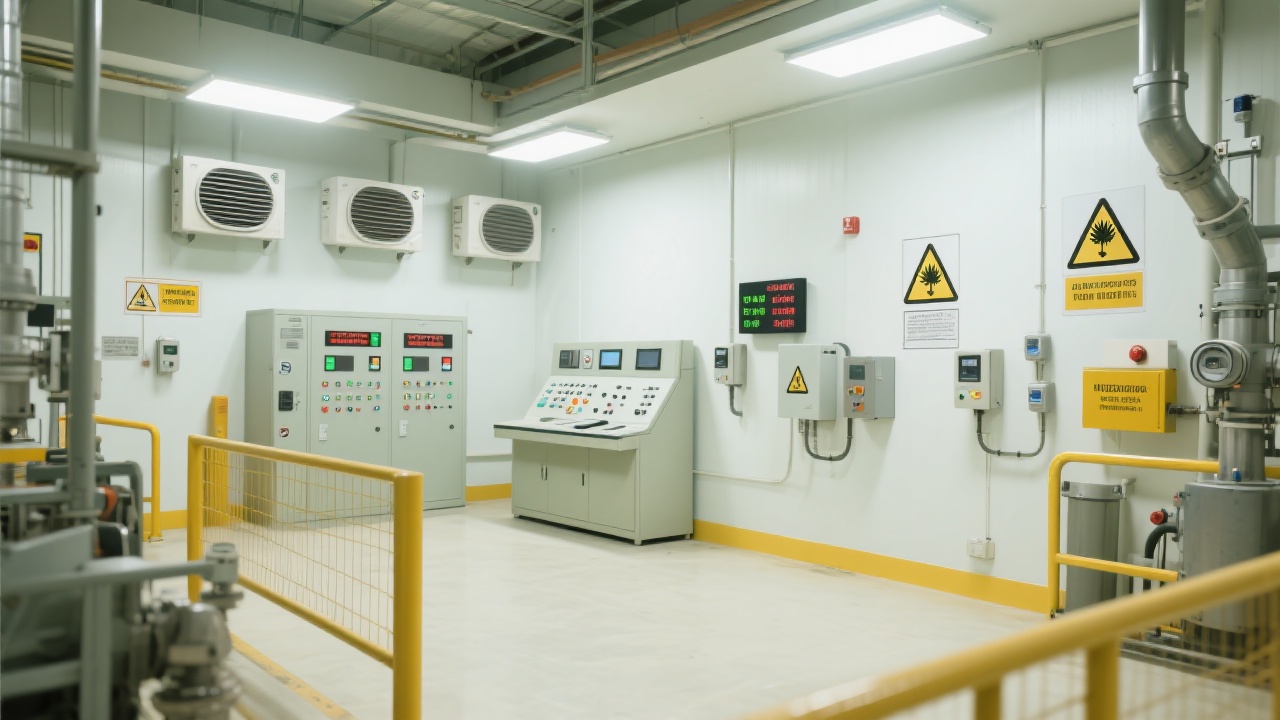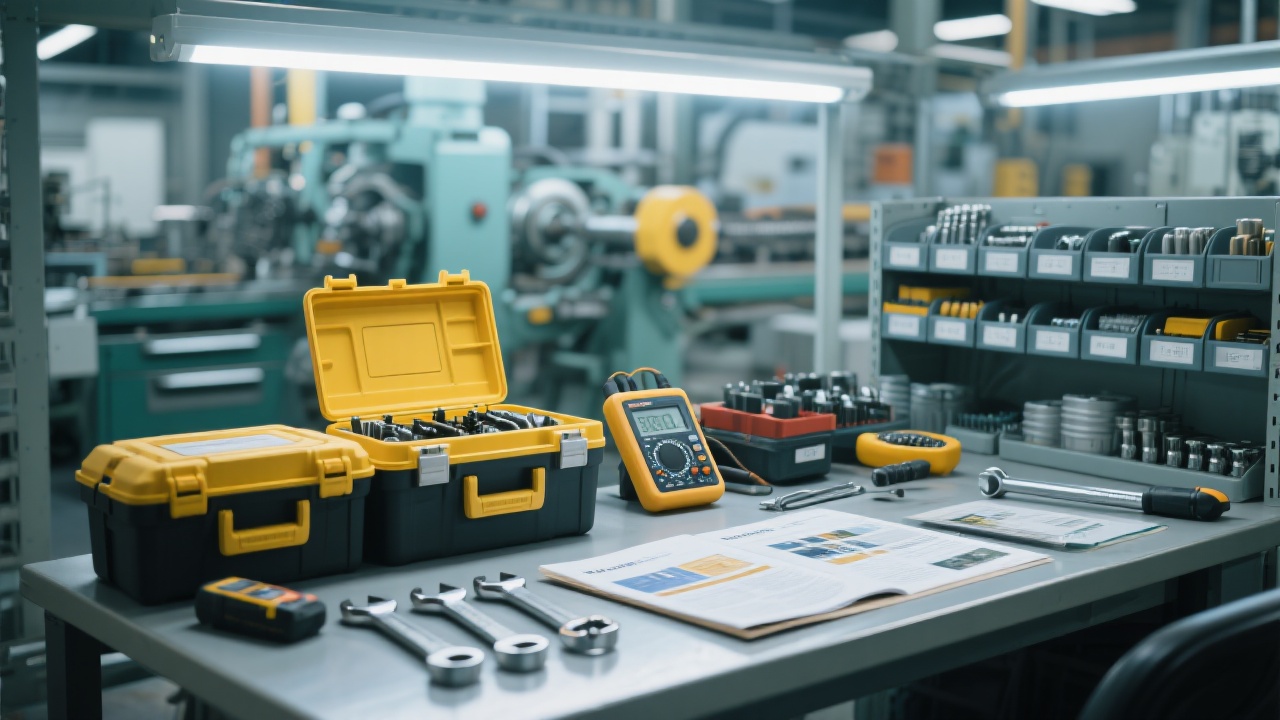
Automatic control systems play a crucial role in modern sesame oil production lines. They enhance production efficiency, improve product quality, and reduce labor costs. For Penguin Group's fully - automatic sesame oil production line, a well - designed automatic control system is the key to its stable operation.
The basic components of an automatic control system include Programmable Logic Controllers (PLCs), touchscreens, sensors, and actuators. PLCs serve as the brain of the system, processing data and sending control signals. Touchscreens provide an intuitive interface for operators to monitor and adjust the system. Sensors are responsible for collecting real - time data such as temperature, pressure, and flow rate, while actuators execute the control commands to adjust the production process.

Integrating software and hardware is a complex but essential task. The software needs to be compatible with the hardware components to ensure smooth operation. When integrating, it is necessary to consider factors such as communication protocols, data transfer rates, and system stability.
Production parameter tuning is also a critical aspect. For example, in temperature and flow rate linkage control, the system needs to adjust the flow rate according to the temperature change to ensure the quality of sesame oil. By optimizing the PLC parameters, the system can achieve more accurate control. Studies have shown that proper parameter tuning can improve production efficiency by up to 30% and reduce energy consumption by about 20%.

In daily operation, faults are inevitable. A detailed fault - troubleshooting process is necessary to minimize downtime. First, operators should establish a fault log to record the time, symptoms, and possible causes of each fault. Then, a step - by - step troubleshooting method can be used, starting from simple checks such as power supply and connection, and then moving on to more complex component inspections.
Preventive maintenance is equally important. Regularly inspecting and maintaining the system can prevent many potential faults. For example, cleaning sensors, checking the integrity of cables, and replacing worn - out parts in advance can ensure the continuous and stable operation of the production line. According to industry statistics, regular preventive maintenance can reduce the frequency of major faults by about 40%.
Different sesame oil processing enterprises have different production requirements. Therefore, personalized customization of automatic control schemes is very important. When choosing a customization scheme, enterprises should consider factors such as production scale, product quality requirements, and budget.
Let's take a real - world example. A medium - sized sesame oil processing enterprise wanted to improve the quality of its products and increase production efficiency. By customizing an automatic control system, which included optimizing the temperature control algorithm and adding real - time quality monitoring sensors, the enterprise was able to increase its product pass rate by 15% and reduce production time by 25%.

This article has provided a comprehensive introduction to the automatic control system for sesame oil production lines, including system components, software and hardware integration, parameter tuning, fault troubleshooting, and personalized customization. Whether you are a novice in the field or an experienced automation engineer, this article can provide you with valuable information and practical solutions.
If you want to get a more in - depth understanding of the automatic control system for sesame oil production lines, click here to obtain the complete PDF - version operation manual.

